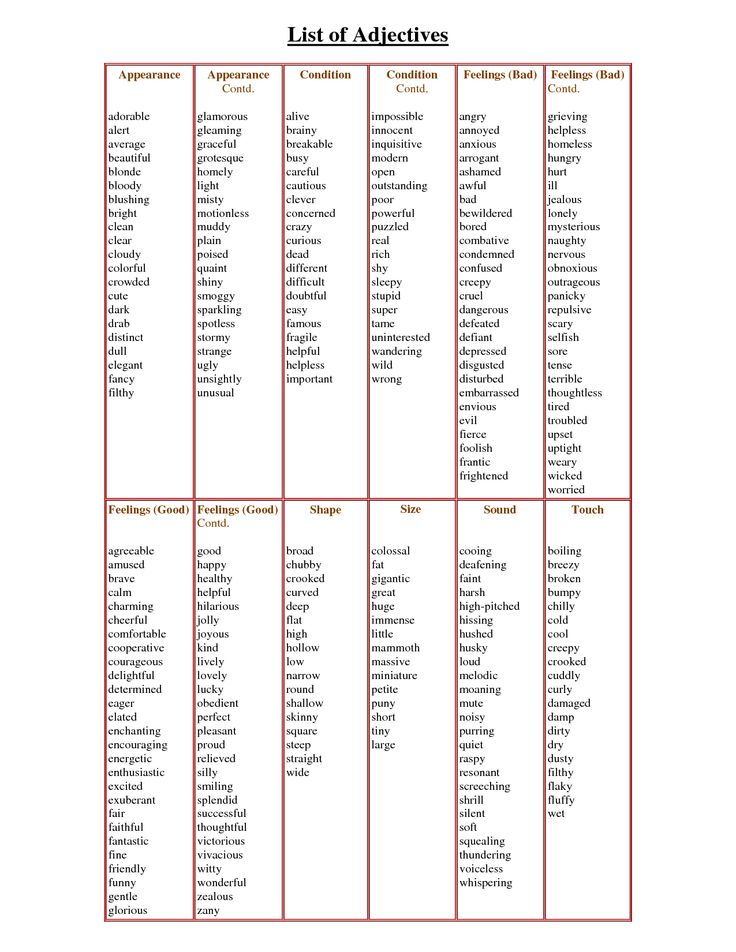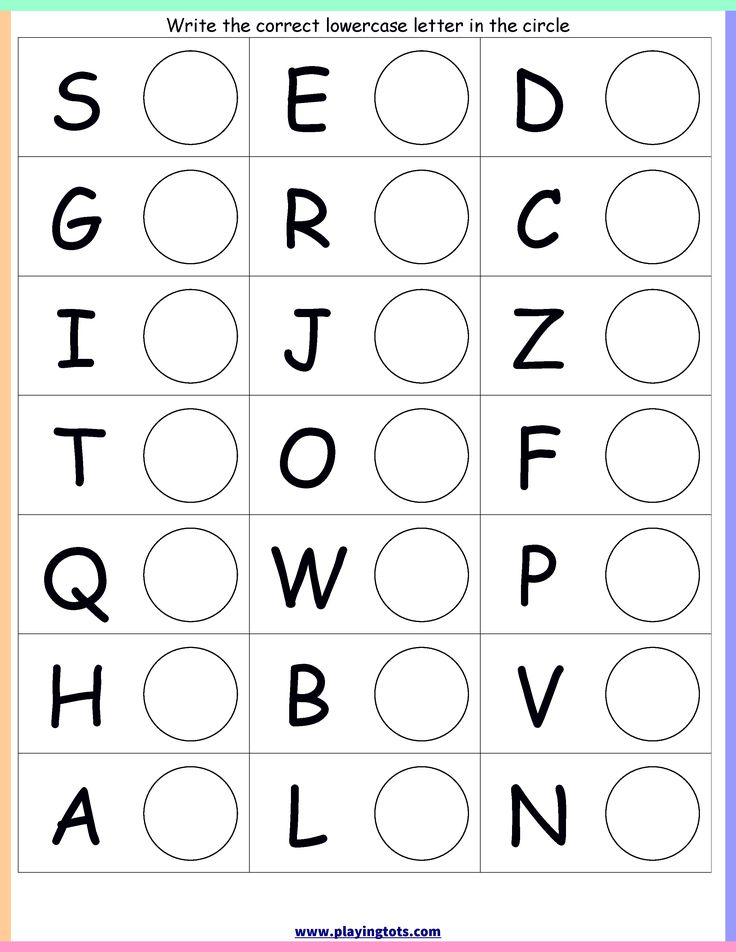Click clack cows that type
Click Clack Moo: Cows That Type
None Read along about when the cows unite to improve their working conditions. Click, clack, moo! Click, clack, moo! Clickety, clack, moo! Farmer Brown can’t believe his ears. “Cows that type?” he says. Then he sees what they’re typing—their demands! It gets cold in the barn at night so they want electric blankets! Farmer Brown refuses to meet their demands and receives another note. The cows go on strike—no milk! Cows refusing to give milk? They’re cows! Farmer Brown still refuses and gets ANOTHER typed note. Now the hens are getting involved. Read along to this amusing story about a farmer in a demanding situation. Who do you agree with? Why? show full description Show Short DescriptionAnimals
Enjoy fun, animal stories for kids including bedtime favorites like Is Your Mama a Llama and Piggies in the Pumpkin Patch.
view all
Is Your Mama a Llama?
All About Kangaroos
Aggie and Ben: The Surprise
Aggie and Ben: Just Like Aggie
Aggie and Ben: The Scary Thing
Aggie the Brave: Get Well Soon
Aggie the Brave: A Visit to the Vet
Aggie the Brave: The Long Day
Good Dog, Aggie: Aggie At School
Good Dog, Aggie: Aggie in Training
Mechanimals
Click Clack Moo: Cows That Type
Who Am I? Wild Animals
Sweet Tweets: Five Little Ducks
Piggies in the Pumpkin Patch
One membership, two learning apps for ages 2-8.
TRY IT FOR FREE
Full Text
Farmer Brown has a problem. His cows like to type. All day long he hears Click, clack, moo. Click, clack, moo. Clickety, clack, moo. At first, he couldn’t believe his ears. Cows that type? Impossible! Click, clack, moo. Click, clack, moo. Clickety, clack, moo. Then, he couldn’t believe his eyes. \t“Dear Farmer Brown, \tThe barn is very cold at night. \tWe’d like some electric blankets. \tSincerely, \tThe Cows” It was bad enough the cows had found the old typewriter in the barn. Now they wanted electric blankets! “No way,” said Farmer Brown. “No electric blankets.” So the cows went on strike. They left a note on the barn door: \t“Sorry. \tWe’re closed. \tNo milk today.” “No milk today!” cried Farmer Brown. In the background, he heard the cows busy at work: Click, clack, moo. Click, clack, moo. Clickety, clack, moo. The next day, he got another note: “Dear Farmer Brown, The hens are cold too.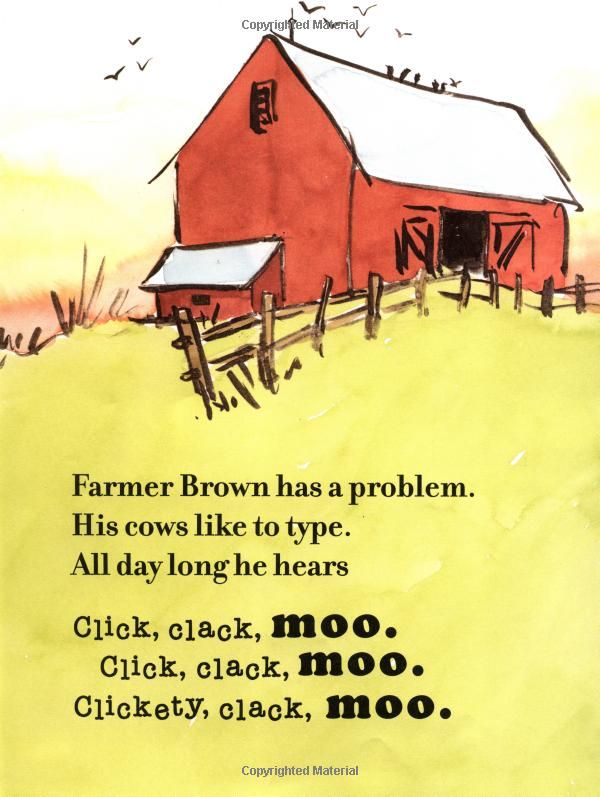 They’d like electric blankets. Sincerely, The Cows” The cows were growing impatient with the farmer. They left a new note on the barn door: “Closed. No Milk. No Eggs.” “No eggs!” cried Farmer Brown. In the background he heard them. Click, clack, moo. Click, clack, moo. Clickety, clack, moo. “Cows that type. Hens on strike! Whoever heard of such a thing? How can I run a farm with no milk and no eggs?” Farmer Brown was furious. Farmer Brown got out his own typewriter. “Dear Cows and Hens: There will be no electric blankets. You are cows and hens. I demand milk and eggs. Sincerely, Farmer Brown” Duck was a neutral party, so he brought the ultimatum to the cows. The cows held an emergency meeting. All the animals gathered around the barn to snoop, but none of them could understand Moo. All night long, Farmer Brown waited for an answer. Duck knocked on the door early the next morning. He handed Farmer Brown a note: “Dear Farmer Brown, We will exchange our typewriter for electric blankets.
They’d like electric blankets. Sincerely, The Cows” The cows were growing impatient with the farmer. They left a new note on the barn door: “Closed. No Milk. No Eggs.” “No eggs!” cried Farmer Brown. In the background he heard them. Click, clack, moo. Click, clack, moo. Clickety, clack, moo. “Cows that type. Hens on strike! Whoever heard of such a thing? How can I run a farm with no milk and no eggs?” Farmer Brown was furious. Farmer Brown got out his own typewriter. “Dear Cows and Hens: There will be no electric blankets. You are cows and hens. I demand milk and eggs. Sincerely, Farmer Brown” Duck was a neutral party, so he brought the ultimatum to the cows. The cows held an emergency meeting. All the animals gathered around the barn to snoop, but none of them could understand Moo. All night long, Farmer Brown waited for an answer. Duck knocked on the door early the next morning. He handed Farmer Brown a note: “Dear Farmer Brown, We will exchange our typewriter for electric blankets.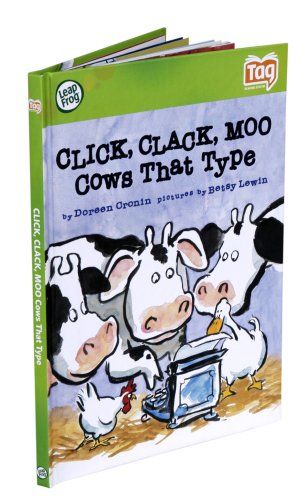 Leave them outside the barn door and we will send Duck over with the typewriter. Sincerely, The Cows” Farmer Brown decided this was a good deal. He left the blankets next to the barn door and waited for Duck to come with the typewriter. The next morning he got a note: Dear Farmer Brown, The pond is quite boring. We’d like a diving board. Sincerely, The Ducks Click, clack, quack. Click, clack, quack. Clickety, clack, quack.
Leave them outside the barn door and we will send Duck over with the typewriter. Sincerely, The Cows” Farmer Brown decided this was a good deal. He left the blankets next to the barn door and waited for Duck to come with the typewriter. The next morning he got a note: Dear Farmer Brown, The pond is quite boring. We’d like a diving board. Sincerely, The Ducks Click, clack, quack. Click, clack, quack. Clickety, clack, quack.
1
We take your child's unique passions
2
Add their current reading level
3
And create a personalized learn-to-read plan
4
That teaches them to read and love reading
TRY IT FOR FREE
Click, Clack, Moo, Cows That Type
Age Range: 5 - 11
By: Mark Warner
Buy this book
Farmer Brown has a problem.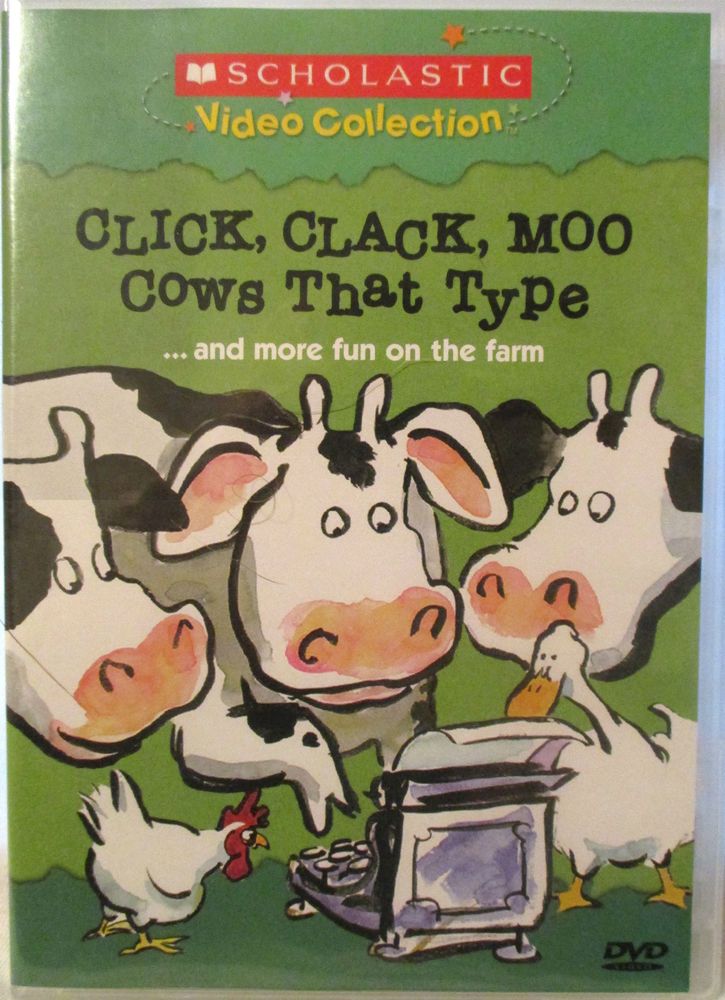 His cows like to type. All day long he hears Click, clack, moo. Click, clack, moo. Clickety, clack, moo. But the problems really begin when the cows start leaving Farmer Brown notes. First it was electric blankets-where will it end? And when the animals don't get what they want they go on strike, of course! Doreen Cronin's unusual text and Betsy Lewin's quirky illustrations make this a hilarious story.
His cows like to type. All day long he hears Click, clack, moo. Click, clack, moo. Clickety, clack, moo. But the problems really begin when the cows start leaving Farmer Brown notes. First it was electric blankets-where will it end? And when the animals don't get what they want they go on strike, of course! Doreen Cronin's unusual text and Betsy Lewin's quirky illustrations make this a hilarious story.
Book Author: Doreen Cronin
See More Books from this author
English
- Before reading the story, look at the front cover. What might the cows be typing a letter about? Could you write what it might say?
- Write a story about an animal (or a group of animals) that can do something that you wouldn't expect, e.g. A frog that can tap dance or a rabbit that sings opera songs.
- Farmer Brown thought that it was impossible that his cows could type. Write a new story about something an 'impossible' event that actually takes place.
- Click, clack and moo are examples of onomatopoeia.
 Find more words that are said how they sound.
Find more words that are said how they sound. - A group of cows is called a herd. Find out the collective nouns for other types of animals.
- Look at the use of punctuation in the story.
- Use the story as a starting point for work on letter writing.
- Look at the cows' letters. How could they improve their writing? Could they use more exciting vocabulary? Could they use additional punctuation?
- Investigate persuasive writing... Can you write a more persuasive letter from the cows to Farmer Brown?
- The cows get impatient later in the story. What does this mean? Can you think of any synonyms?
- Look through the text for any new words that you are to familiar with, e.g. neutral, ultimatum. Use a dictionary to find out what these words mean.
- Hold a debate in your classroom where each of the animals shares their point of view.
- Write the next part of the story, now that the ducks have the typewriter.
- Could you read the story with lots of expression? Use this video for inspiration:
Maths
- Find out how much electric blankets might cost. Can you work out the cost of buying more than one blanket for the cows and the chickens?
Science
- Investigate how Farmer Brown could block the 'Click, clack, moo' sound that he hears all day. What materials are good at muffling sound?
- The cows get very cold at might. Investigate other ways that they could keep themselves warm.
- Think about why animals are kept on farms. What do they produce that people buy from the shops?
Computing
- Type your own letter to Farmer Brown, from the cows' point of view, explaining how they are feeling.
Art
- Draw a picture of the duck bond, adding exciting features that the ducks might like.
- Look at pictures of the animals found in the story. Can you draw your own pictures based on them.
Music
- Listen to the sounds that a typewriter makes.
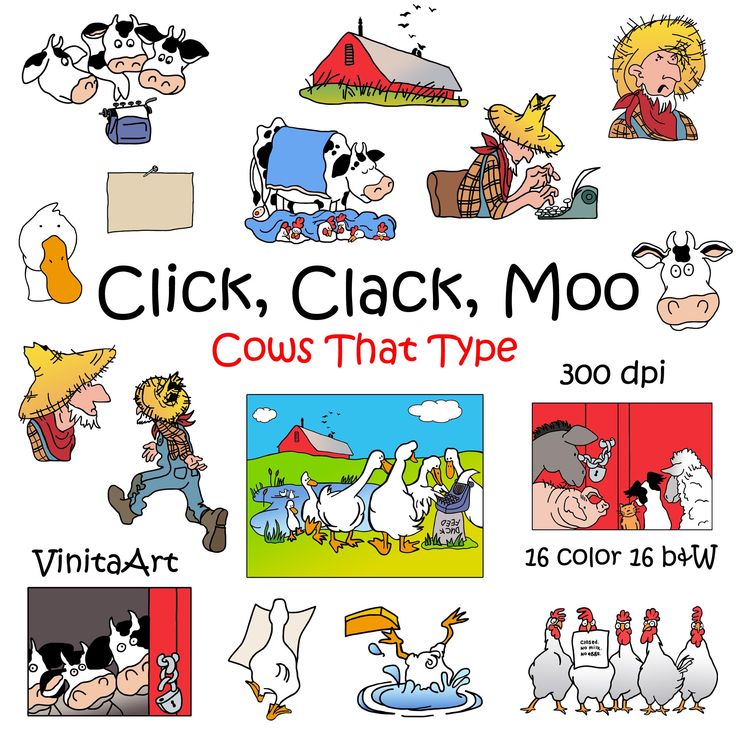 Could you use these within your own composition or song?
Could you use these within your own composition or song?
Geography
- Draw a map of the farm.
- Look on a map and find farms in your local area.
PSHE
- Look through the story for words that describe different emotions, e.g. impatient, furious. What does each type of emotion feel like? What might make us feel that way?
- The animals reach a compromise. What does this mean? Have you ever had to compromise with someone?
THE MOST EFFECTIVE WAY TO TRACK COWS IN THE HUNTING - Afimilk representative office in Russia
They say timing is everything. This expression is especially true when it comes to the insemination of cows - the time must be ideal for insemination to lead to conception and pregnancy.
When conception is at its highest, cows become pregnant at the optimum time, milk production is maintained at optimum levels, and the result is healthy cows and a significant increase in farm profitability.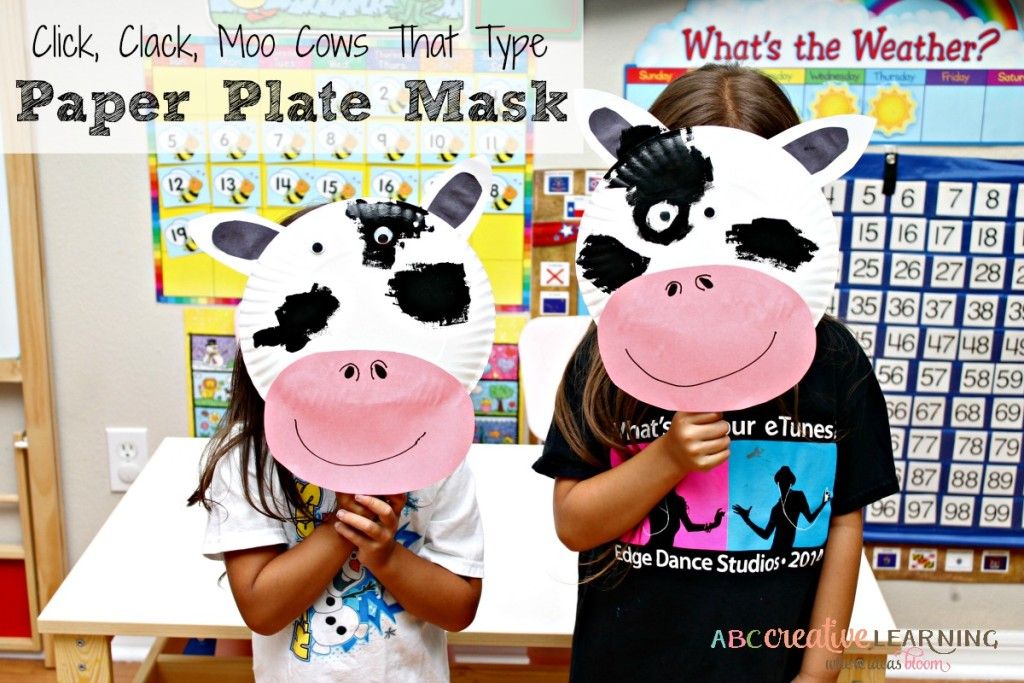 However, despite the critical importance of fertility rates, only 35-45% of cows become pregnant at first insemination. nine0003
However, despite the critical importance of fertility rates, only 35-45% of cows become pregnant at first insemination. nine0003
Every time a cow is inseminated and the attempt fails, the farm loses money. Thus, if the goal is to ensure that cows are impregnated as soon as possible after the voluntary waiting period (VWP), farmers should do everything in their power to make this happen. Tracking signs of heat to determine the exact time to inseminate is the key to timing and increasing fertilization rates. Read on to find out why traditional heat detection methods are becoming obsolete due to the wave of digital transformation hitting agriculture. nine0003
Traditional Heat Detection Methods
Farmers have been detecting heat in cows for centuries, but while technology has come a long way, there are still farmers who still use traditional (read: obsolete) methods to do this, the most popular of which are manual heat detection and tail coloring (also known as chalk marking).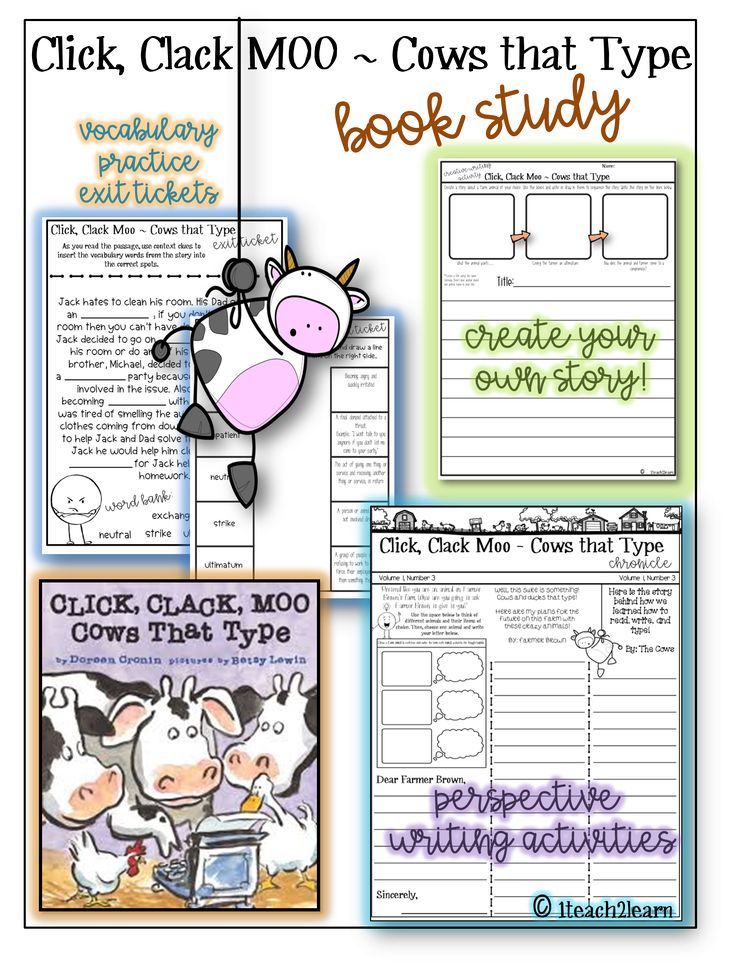
Definition hunting manual
The farmer must go to the barn or pasture and visually inspect each cow for visible signs of heat. This should happen 365 days a year, in the heat of summer, and in the cold of winter, and on the rainiest days. Even without missing a single day, the farmer can only "catch" no more than 50% of the cows in heat, as the cows may show signs of heat at night when the farmer is not watching.
On larger farms with more workers, there may be discrepancies in how different people track or recognize signs of heat. And each person should record their findings. Whether you use pen and paper or a spreadsheet, manual data entry always carries the risk of inadvertent errors and potential misinterpretations that can lead to a missed opportunity to select the right moment to inseminate. Finally, on a large farm with hundreds or thousands of cows, watching for signs of heat takes up a huge amount of time that could be spent on other necessary tasks.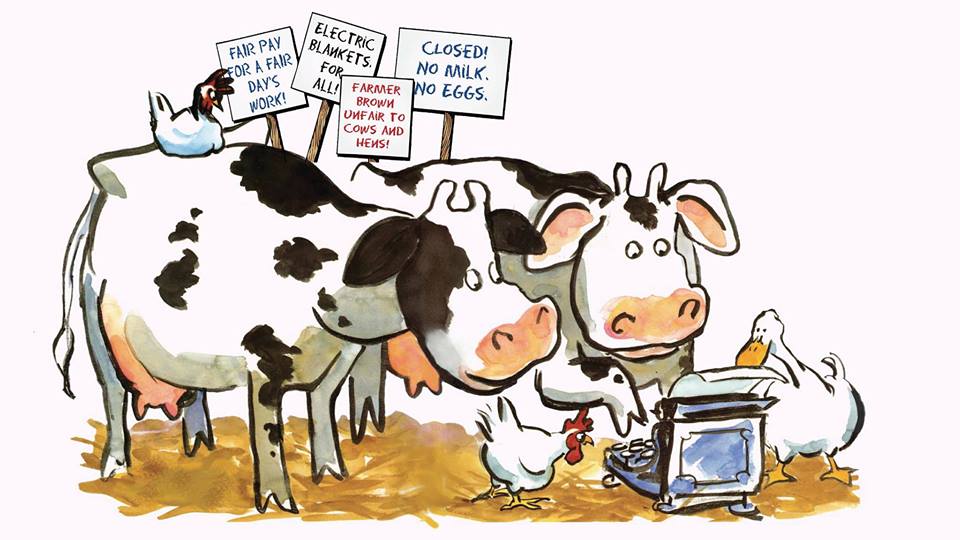 nine0003
nine0003
The biggest disadvantage of manual estrus tracking is that it is labor intensive and still results in up to 50% of cows being missed in heat, making this method less reliable.
Tail dyeing/chalking
Another popular option is tail dyeing, also called chalking. With this method, chalk or another substance is applied to the cow's tail. When a cow is in heat and other cows jump on it, the chalk wears off, leaving the farmer with clear evidence of heat. Instead of watching the cows in person, the farmer can simply check the tails as the cows enter the parlour, and determine which ones are ready to be mated. nine0003
Tail coloring is time consuming and labor intensive as each cow must first be placed in a headlock to be painted or chalked. The insemination companies offer this as an additional service, which requires significant additional costs.
Tail coloring is inaccurate and unreliable when a cow may have been in heat but not jumped on by other cows, or the chalk has not worn off enough to be noticeable.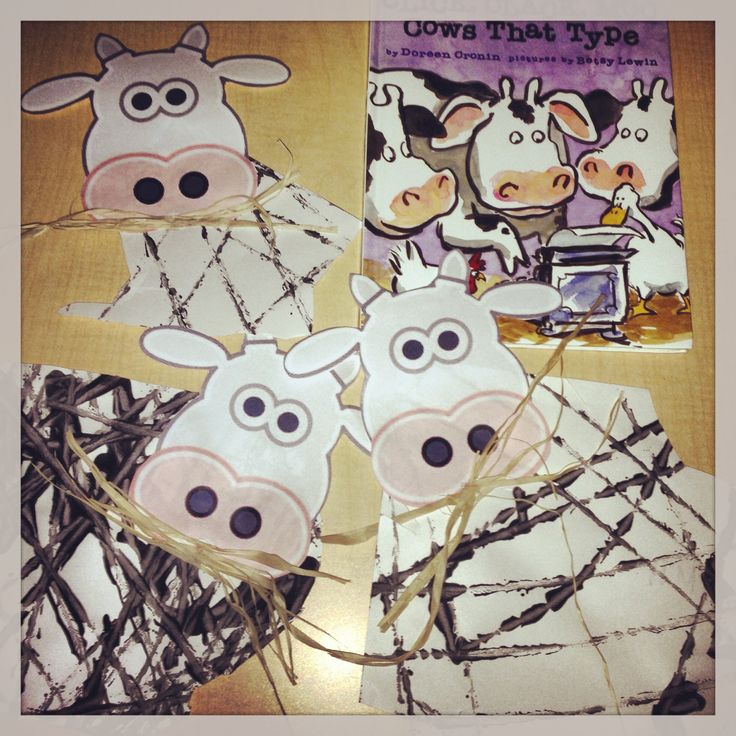 In addition, already pregnant cows will not be marked with chalk, although they may have had an abortion, and then they came back into heat. nine0003
In addition, already pregnant cows will not be marked with chalk, although they may have had an abortion, and then they came back into heat. nine0003
Livestock joins the digital revolution…
Technological advances are not just for high-tech industries, more traditional industries are also experiencing digital revolutions of their own. Agriculture is no exception, and there are many innovative technological tools in this area that can make life easier for farmers and ultimately affect the bottom line of the farm.
Thus, the most effective technology in dairy farming is the possibility of remote monitoring and real-time data collection. Such devices, foot pedometers, or collars can be attached to cows and used to monitor various health parameters (eg, dormancy and rumination), including signs of heat. The key benefits of this type of digital monitoring are continuity and accuracy. Continuous 24/7 monitoring means the farmer is alerted to the optimal time to inseminate, no matter what time of day or night it is, without the need to physically check every cow.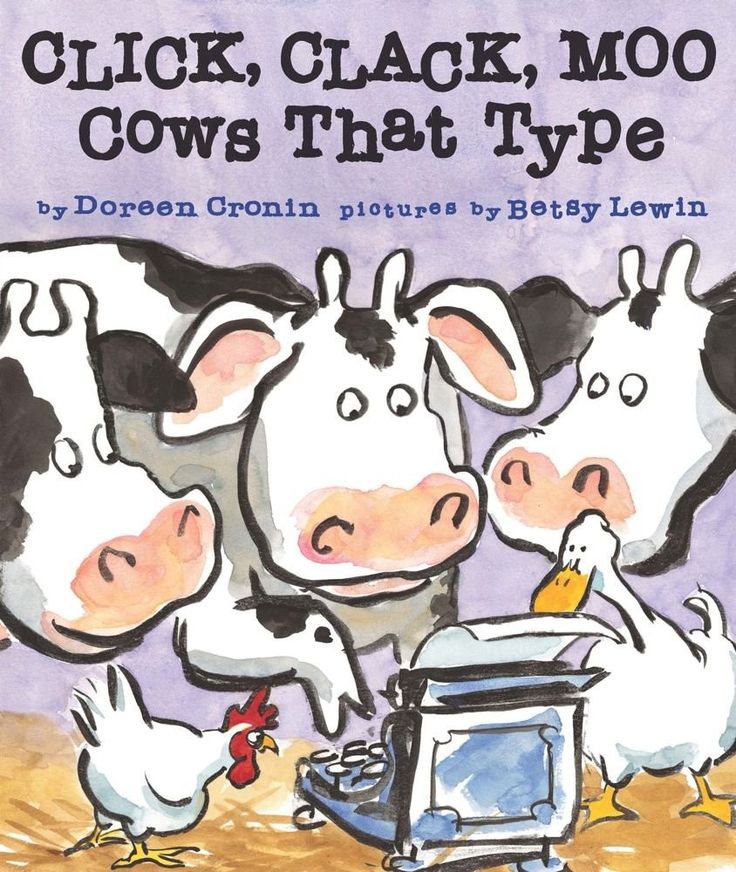 Using digital control, cows and heifers can be observed even during the voluntary waiting period in order to capture the earliest possible moment of the start of the heat. The sensors can also detect cows that are not showing signs of heat and may need treatment, giving the farmer valuable information that would otherwise be missed. nine0003
Using digital control, cows and heifers can be observed even during the voluntary waiting period in order to capture the earliest possible moment of the start of the heat. The sensors can also detect cows that are not showing signs of heat and may need treatment, giving the farmer valuable information that would otherwise be missed. nine0003
Digital monitoring provides farmers with a real-time picture of the overall health and fertility of each cow, including when the cow is in heat and, to the hour, the best time to inseminate her, increasing the chances of a successful first insemination. attempts.
It's not only data , but ANALYSIS……
Undeniably, digital monitoring greatly improves heat tracking and detection, but in order to really see drastic changes in farm profitability, data analysis is needed, obtained using digital monitoring. Monitoring will show when a cow is in heat and suggest a window of time for the best chance of successful insemination.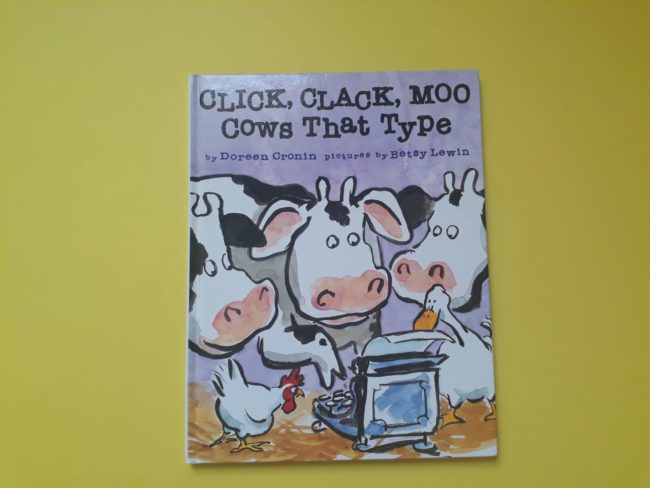 But once you start analyzing the data, a whole new world of possibilities opens up. nine0003
But once you start analyzing the data, a whole new world of possibilities opens up. nine0003
The following are key points that can only be identified with proper analysis:
• Optimal length VWP (voluntary waiting period) specific farm. He will be able to see the conception rate of cows at the first insemination at various time intervals (i.e. less than 50 days in lactation, 50 to 70 days, etc.) and easily determine which time frames lead to the highest reproduction rates. nine0003
• Reducing the number of open days - based on the analysis, the farmer can determine the best day for the first insemination, which is most likely to lead to pregnancy. In this way, the inter-hotel period can be reduced by reducing the number of open days and, ultimately, save the farm money.
• Bull analysis - most farms use semen from more than one bull for insemination. With a digital system, it is easy to keep track of what semen is being used for each cow, and this data can show which semen from bulls results in higher fertility rates. This information will help not to waste sperm, save time and money. nine0003
This information will help not to waste sperm, save time and money. nine0003
• Inseminator Performance Analysis - Some farms may have several specialists inseminating cows at different times, especially if it is a large farm or a service is used and not necessarily inseminating by the same inseminator each time. You can track the performance of a seeder (measured by fertility rates) to see if some of them have more skill (or luck) than others and then adjust their performance accordingly. nine0003
Using data analysis based on digital monitoring, farmers can increase their heat detection rate, which in turn will increase the conception rate and positively affect the productivity of the farm as a whole. In addition to monitoring individual cows, data can also provide a picture of the health and reproductive performance of the herd as a whole.
Join new 0009 era livestock
If you haven't joined the digital revolution, now is the time. Imagine being able to take a vacation, spend more time with your family, or just have time to manage your farm more efficiently knowing your cows are under 24/7 surveillance and you'll get alerts for every cow in heat without having to be physically present on the farm. You can receive a personalized report every day informing you which cows should be inseminated and when: care for the future of your farm at the touch of a button on your computer or mobile phone. nine0003
Imagine being able to take a vacation, spend more time with your family, or just have time to manage your farm more efficiently knowing your cows are under 24/7 surveillance and you'll get alerts for every cow in heat without having to be physically present on the farm. You can receive a personalized report every day informing you which cows should be inseminated and when: care for the future of your farm at the touch of a button on your computer or mobile phone. nine0003
You certainly use modern technology to make your life comfortable in many ways, why not bring it to your farm?
About Afimilk
Afimilk provides farmers with advanced dairy management solutions including cow monitoring, farm management software and parlor automation. We go beyond standard monitoring to offer our customers the comprehensive data analysis they need to make the best possible decisions, with 24/7 technical and application support. Our user-friendly platform is cloud-based and provides real-time data that is fully accessible from a desktop or mobile app. nine0003
nine0003
For more information contact us on or click here to learn more about Afimilk cow monitoring solutions.
Yrys" - a new intrabreed type of the Alatau breed of cattle
Construction January 15, 2015
Text: A. Alentaev, Doctor of Agricultural Sciences n., head of the department of breeding and selection of dairy cattle; Zh.Sulenov, Ph.D. n.; D. Baimukanov, Corresponding Member National Academy of Sciences, Doctor of Agricultural Sciences n.; D.Karibaeva, Ph.D. n. (all - Kazakh Research Institute of Animal Husbandry and Forage Production, Almaty)
SHPK “Plemzavod “Almaty” is the leading breeding farm in the Alma-Ata region of the Republic of Kazakhstan for breeding and selection of a new intra-breed type of the Alatau breed of cattle - the Kazakh type of brown dairy cattle “Ak-Yrys”.
The number of forage cows was 1000 heads or 39. 5% of the total livestock - 2532 heads. In 2014 374 heads of offspring were received, including 178 calves and 196 bulls. Cows of the desired type in the herd of the breeding farm "Almaty" increased numerically (by more than 2.5%) and reached 722 heads, the average milk yield per head for 305 days was 5487.2 kg of milk. This is above the herd average of 468 kg. nine0003
5% of the total livestock - 2532 heads. In 2014 374 heads of offspring were received, including 178 calves and 196 bulls. Cows of the desired type in the herd of the breeding farm "Almaty" increased numerically (by more than 2.5%) and reached 722 heads, the average milk yield per head for 305 days was 5487.2 kg of milk. This is above the herd average of 468 kg. nine0003
Cows of the desired type were conditionally divided into two groups: the breeding core and the selection group. It has been established that cows of the breeding core have a milk yield of 6720 ± 26.6 kg for 305 days of lactation, with an indicator of σ of 596.2 kg and a coefficient of variability of 7.13%. In cows of the breeding herd, milk yield was 5001±50.3 kg with σ 328.9 kg and Cv 4.96%. Milk yield in the production group averaged 3210±58.2 kg for 187 cows.
The first subgroup of the breeding core of the KZhT included cows, from which the best cows will be selected in terms of milk production and fat content in milk to replenish and increase the number of bull-producing cows (it is planned to select an additional 35-40 cows from it with a milk yield of at least 7 . 3 thousand kg of milk and with a pronounced breed type). The production group of cows is subject to complete withdrawal from the herd. The breeding core of cows is, in fact, the best part of the breeding group of cows. nine0003
3 thousand kg of milk and with a pronounced breed type). The production group of cows is subject to complete withdrawal from the herd. The breeding core of cows is, in fact, the best part of the breeding group of cows. nine0003
Breeding farm "Almaty" consists of two independent dairy complexes (MK No. 1 and MK No. 2). But in view of the fact that the best part of the entire livestock, the so-called selection herd, in which intensive selection was carried out, is predominantly concentrated on MK No. 1, the indicators of milk productivity of cows in MK No. 1 are significantly higher than in MK No. 2.
Thus, the average milk yield of cows of the 1st lactation at MC No. 1 is 5453.2+228.0 kg, and for cows of MC No. 2 - 4584.2+66.8 kg. The difference is +869kg of milk or more by 18.96%.
In the second lactation milk yield for 305 days of lactation was 5712.0 ± 66.6 kg for cows MK 1 with a fat content of 3.82%, MK 2 - 4640.0 ± 114.7 kg with a fat content of 4.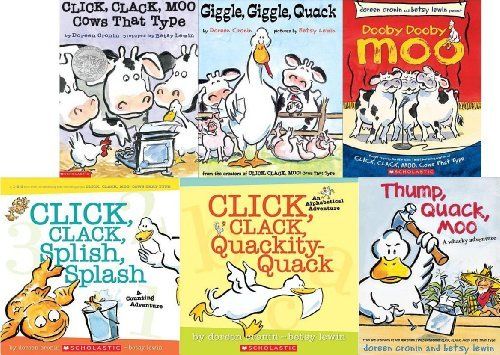 12 ± 0, 02%. Cows from MK 2 are significantly superior to cows from MK 1 in terms of fat content in milk.
12 ± 0, 02%. Cows from MK 2 are significantly superior to cows from MK 1 in terms of fat content in milk.
An analysis of the milk productivity of the daughters of sires (fathers of the herd) of the SHPK “Plemzavod “Almaty” in the context of lactation ages made it possible to establish that the cows of the 2nd lactation are superior to the cows of the 1st lactation by 5.41%, or by 255.8 kg of milk , and cows of 3 calving and older - by 18.17% or 498.1 kg of milk. This comparative analysis involves 14 sires that are the fathers of the herd, of which Teddy, Adaptic and Jag were recognized as promising in terms of daughter productivity in first-calf heifers, outperforming the average for the group by about 0.8-1.0%. For daughters of the 2nd calving, Teddy, Bestman and Kurs excelled, ahead of the group by 0.89%. By full-aged daughters, sires Barton, Diver, Jack and Egypt appeared. This is the main line in the formation of factory lines of bulls.
nine0002 It has been established that intrabreeding cows of the Alatau breed "Ak-Yrys" of the breeding core have milk yield for 305 days of lactation 6720±26.




